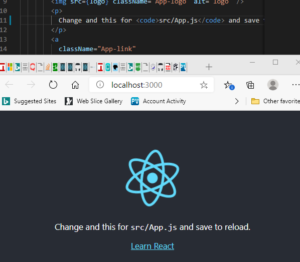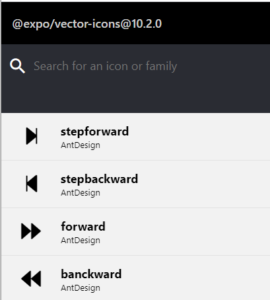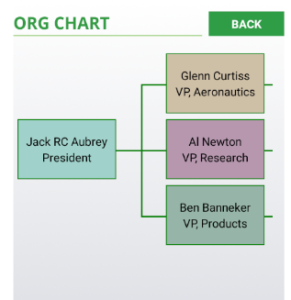Introduction
“Custom software development? For me?” The answer can be surprisingly, yes. Over the past decade, large, open source technologies have been driving down software costs for large firms. Thanks to a range of innovations, it is increasingly affordable for smaller businesses to gain the improved sales, customer loyalty, and streamlined operations that a semi-custom software solution can bring. Modern, fast front end technologies such as React and React Native make it easier to craft user experiences for applications that leverage nearly every platform out there. For data management and integration, container technologies such as Kubernetes, Docker, and NGINX all make it easier to create, integrate, and deploy business logic. Finally, modern tools such as Google Meets, Zoom, and MS Teams make it easier for a geographically dispersed development teams to communicate effectively and help customers achieve their goals in a timely and cost-effective manner.
Fast Front End Technologies
Gone are the days when developers would make changes to the user interface in code, only to watch those changes cause the application to break. Tools such as react and react-native monitor the developer’s source code constantly, displaying changes as they are made enabling lower overall development and unit testing time.

Fast Front end technologies also come with their own toolboxes to help foster development. React Native comes with a wide range of components from basic text and element positioning down to more advanced building blocks such as scrollable views.


Finding icons for your application is easy. There are literally thousands of icons in the libraries available in react native.

Additionally, these technologies make it even easier for developers to compose their own re-useable client- specific components such as organization charts, network alerts, contact lists and graphs. Furthermore, collections of these components are frequently available as open source.



Container and Cloud Technologies
Containers are an increasingly popular technology, but what are they? Containers are intelligent packages for programs and all the components they need to work reliably. They can be deployed to scalable environments allowing the user to specify minimum compute, memory and disk resources to meet the demand. Containers make it easier for development teams to create pre-packaged environments that can be easily deployed by operations or even the development teams themselves.
Containers let companies large and small realize the benefit of creating consistent, reusable processes to deploy software components, allow for multiple versions of the same application to run on the same infrastructure, and easily host complex systems with many components and integration points.
The Cloud, on the other hand, is a collection of vendors offering services that allow operations teams to determine how and where to deploy the applications. Developers can create a container for a web site on your local desktop in order to test functionality and the release process, and then deploy it to environments supported by any number of cloud based vendors, such as Amazon, Microsoft or even smaller but more customer focused players such as Digital Ocean or Linode.
When creating your environment, consider leveraging multiple container technologies such as Docker and Kubernetes, to create a robust and scalable process to cost-effectively build, test, and deploy your solutions. When used properly along with good SDLC and release practices, these technologies can improve the quality of the software, as well as your speed to market. They can also play a key role in your Business Continuity and Disaster Recovery plans, by allowing you to deploy your solutions to various regions around the world.
Collaboration and Communications
It takes a team of people to turn the latest technologies into solutions that satisfy customers’ needs. As we have learned from the recent quarantines and other safety measures, having the right technologies in place can make the difference between a smooth transition and a longer more drawn out work-from-home process. The use of virtual desktops can allow your people to work from any location with an internet connection. Collaboration software such as Google Meets and Chat, Skype, Zoom, MS Teams and others make it easier for teams to stay in communication globally and, with the use of video, can simulate the type of interactions that would take place in an office setting. Software Development Life Cycle Management tools such as JIRA, Git, and Jenkins help manage projects and deployments, ensuring coordination between Project Managers, Business Analysts, and Development, Quality Assurance, and Operations teams and providing the information Client Managers need to keep a project on track for the clients.
Conclusion
The variety of technologies available to support all aspects of the System Development Life Cycle allow companies of any size to build and deploy custom software to support and improve the efficiency of their business processes. Two primary keys to successful custom software development and management are 1) Selecting the right software and tools based on the needs of the client and 2)Implementing the processes necessary to effectively manage the software. If you are not finding the off-the-shelf software solution you need to manage your business, developing a custom software solution is more viable.

